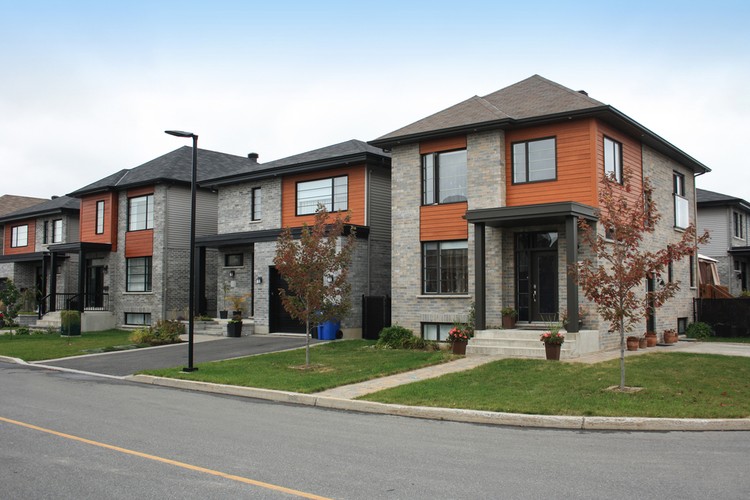What Determines Home Value and How to Increase It
Understanding what drives a property's worth is essential for homeowners, buyers, and investors. This guide breaks down the main factors that affect home value — from location and market forces to renovations and upkeep — and offers practical strategies to boost your home's resale potential and long-term equity.

How location shapes property value
Location remains the single most influential factor in a property’s worth. Neighborhood safety, school quality, and proximity to shops, parks, and transit all make homes more desirable and usually translate into higher prices. Easy commutes to employment centers and access to public transportation or major roadways also add value. On the flip side, properties near heavy traffic, industrial sites, or other nuisances often sell for less. Because you can’t change a property’s geographic position, understanding neighborhood strengths and weaknesses is critical when assessing value.
Renovations: which improvements really add value
Not every renovation yields the same return. Buyers often prioritize functional, move-in-ready spaces, so kitchen and bathroom upgrades typically provide solid returns. Expanding living area by adding square footage, finishing a basement, or converting an attic can boost marketability and appraised value. Energy-efficient investments — better insulation, modern HVAC systems, or solar panels — are increasingly attractive and can reduce operating costs, which buyers value. However, avoid over-improving: making a luxury upgrade in a modest neighborhood may not bring proportional returns. Match the scope and finish of renovations to comparable homes in your area.
Market forces and economic influences
Home values are dynamic and tied to broader market conditions. When demand outpaces supply, sellers have the upper hand and prices rise; when inventory grows and buyers gain leverage, prices can level off or fall. Interest rates influence buyer affordability and can shift demand quickly. Local economic indicators such as employment trends, new businesses moving into an area, or planned infrastructure projects and zoning changes can also push values up or down. Staying aware of macro and local market trends helps you time sales, refinances, or renovations more strategically.
Getting an accurate valuation
A precise estimate of your home’s worth comes from blending multiple approaches. Online valuation tools are a convenient starting point but often miss unique property features and recent local shifts. Comparative market analyses from experienced real estate agents evaluate recent sales of similar homes and provide market context. Licensed appraisers use established methods to produce formal valuations, factoring in condition, square footage, upgrades, and comparable sales. For a well-rounded picture, use online tools for a quick check, consult an agent for market nuance, and consider an appraisal when you need a definitive number for selling, refinancing, or tax purposes.
Practical strategies to increase long-term value
Protecting and enhancing value involves both routine maintenance and thoughtful investments. Regular upkeep — fixing leaks, replacing worn roofing or siding, and keeping mechanical systems serviced — prevents deterioration and preserves resale appeal. Curb appeal matters: tidy landscaping, a fresh coat of exterior paint, and an inviting entryway shape buyers’ first impressions. Inside, updating kitchens and bathrooms to current tastes and ensuring spaces feel bright and functional will broaden buyer appeal.
Prioritize energy efficiency and smart home features: programmable thermostats, LED lighting, efficient windows, and smart security can reduce running costs and attract tech- and eco-minded buyers. Document upgrades and maintenance to demonstrate care and reduce buyer uncertainty. Finally, keep an eye on local planning and zoning changes; being aware of upcoming developments, school plans, or transportation projects lets you anticipate value shifts and act proactively.
Balancing investment and neighborhood norms
A key consideration is not to out-invest your neighborhood. High-end finishes in an otherwise modest area rarely recoup their full cost. Instead, focus on upgrades that make the home competitive with nearby listings: functional kitchens, updated baths, neutral finishes, and durable flooring. Where budgets are limited, prioritize repairs and small but impactful updates like lighting, hardware, and fresh paint.
| Improvement | Typical Cost Range | Estimated Return on Investment |
|---|---|---|
| Kitchen remodel (midrange) | $15,000 - $50,000 | 60% - 80% |
| Bathroom remodel (midrange) | $8,000 - $25,000 | 60% - 70% |
| Adding living space / room | $20,000 - $100,000+ | 70% - 100% |
| Energy-efficient upgrades | $2,000 - $30,000 | 30% - 60% |
Prices, rates, or cost estimates mentioned in this article are based on the latest available information but may change over time. Independent research is advised before making financial decisions.
Making informed decisions
Maximizing a home’s value requires a mix of understanding immutable factors like location, monitoring market dynamics, and choosing improvements that align with local buyer expectations. Use a combination of online tools, agent expertise, and professional appraisals when you need precision. Regular maintenance prevents value erosion, and well-chosen upgrades can increase both sale price and everyday enjoyment of the property. While you can’t control everything that affects home prices, careful planning and targeted investments let you influence many of the elements that matter most to buyers and appraisers.






